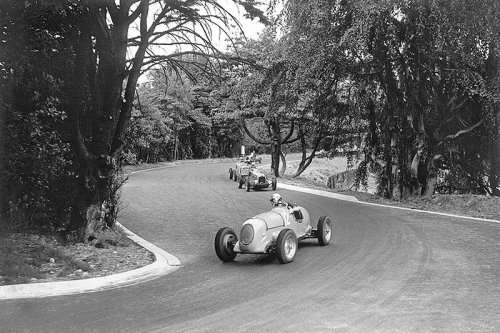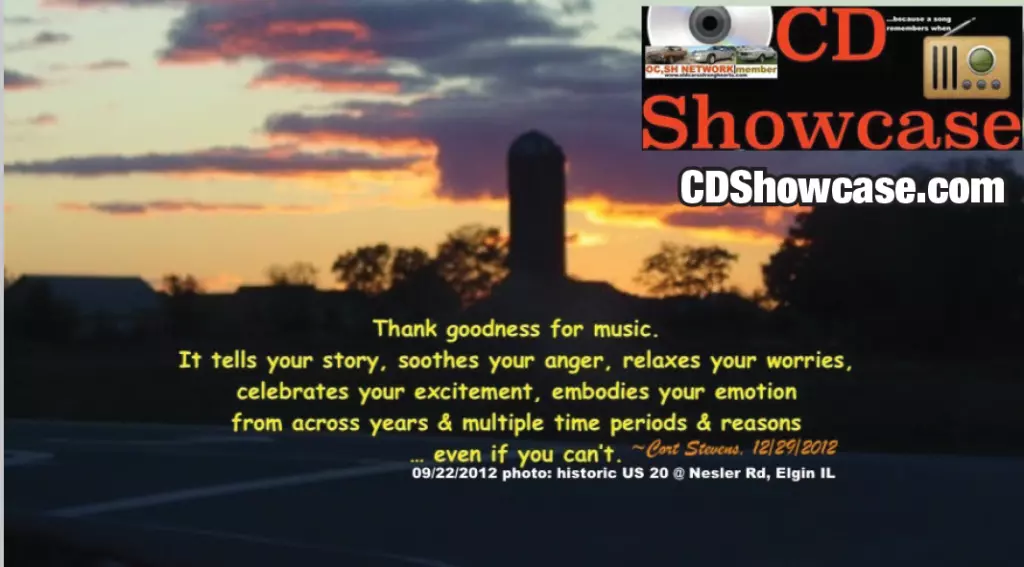Saturday 26th August 1939
The last pre-war racing event was held at Crystal Palace and the area was requisitioned by the military. For its first decade of use from 1927 the track was typical for the time: tarmac on the bends, but just hard-packed gravel on the straights. A popular motorcycle speedway on the layout’s interior attracted crowds of up to 70,000 in the 1920s and also hosted car races – the modern athletics stadium sits on top of where the speedway was. In 1935, plans were laid down for a fully-tarred course of two miles in length, using the original twisting layout around the park’s pathways, and two years later work began – just three days after a huge fire that destroyed the Palace itself. It was described as a miniature Nürburgring at the time, and even the Silver Arrows drove the track: a 645bhp Mercedes Benz W125 was demonstrated in 1937. When racing in the UK coughed back into life in the 1950s, Crystal Palace once again reverberated to the sound of engines. However, a much-shortened, 1.39 mile layout was chosen, utilising just the outer perimeter of the original circuit. The first race in 1953 attracted 40,000 spectators – and so racing was back on the menu for another twenty years. The only major change happened in 1960, when the new national athletics complex and stadium were built: the start-line was moved to the top Terrace Straight, and the writing was on the wall that motor-racing at Crystal Palace was being challenged. Meetings continued to attract huge crowds: one year 100,000 fans turned out to watch a non-championship F1 race! The final international meeting took place in 1972, a Formula 2 race with Surtees, Lauda, Watson and Hill all on the grid. Small club events continued to take place every so often, but cars were becoming too fast for the track’s rudimentary safety provisions and the Greater London Council announced the closure of the track at the end of the year.






